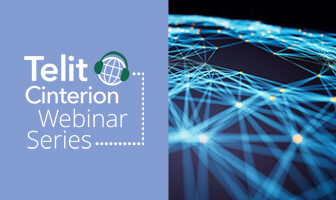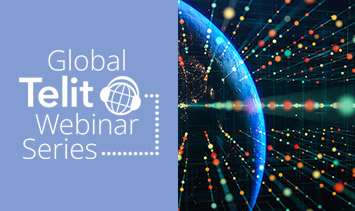This webinar explores smart meters’ essential role in the Internet of Things (IoT) and their impact on utilities. Industry experts offer practical insights into trends and future trajectories from diverse perspectives. In addition, they examine developments in electric, gas and water utilities.
Smart meters are pivotal in the IoT technology landscape. This panel analyzes present and future trends, emphasizing their significance in the utilities market.
eSIMs and Cellular IoT for Smart Meters
Our IoT experts cover regional trends, technological shifts and future projections. This discussion emphasizes how important embedded SIM (eSIM) technology is for reliable connectivity in the long run.
This webinar will show you how eSIMs offer flexible connectivity and security for smart meters. This technology enables remote SIM provisioning for future-proof connectivity. This capability makes it easy to switch providers over an IoT device’s lifetime (about 10 to 15 years).
The discussion explores eSIM technology adoption, focusing on the transition from proprietary to standard solutions. The panel also discusses potential IoT innovations in this domain and addresses critical sustainability challenges in the energy sector.
You will see how cellular IoT, including NB-IoT and Cat M, offers control over power consumption and battery life. In addition, these cellular network technologies enable daily reporting for enhanced monitoring.
The panel explores real-world experiences from a large-scale smart meter deployment that connects over 1.2 million devices. This use case will illustrate practical solutions to connectivity challenges and performance optimization.
Key Takeaways
Watch this webinar to explore how smart meters are transforming utilities and promoting IoT innovation in the energy transition.
You will learn:
- The latest advancements in eSIM and iSIM technologies and the forces driving their adoption in smart metering
- The development of GSMA standards in the industry
- The added value for manufacturers, installers and service providers in adopting these technologies


